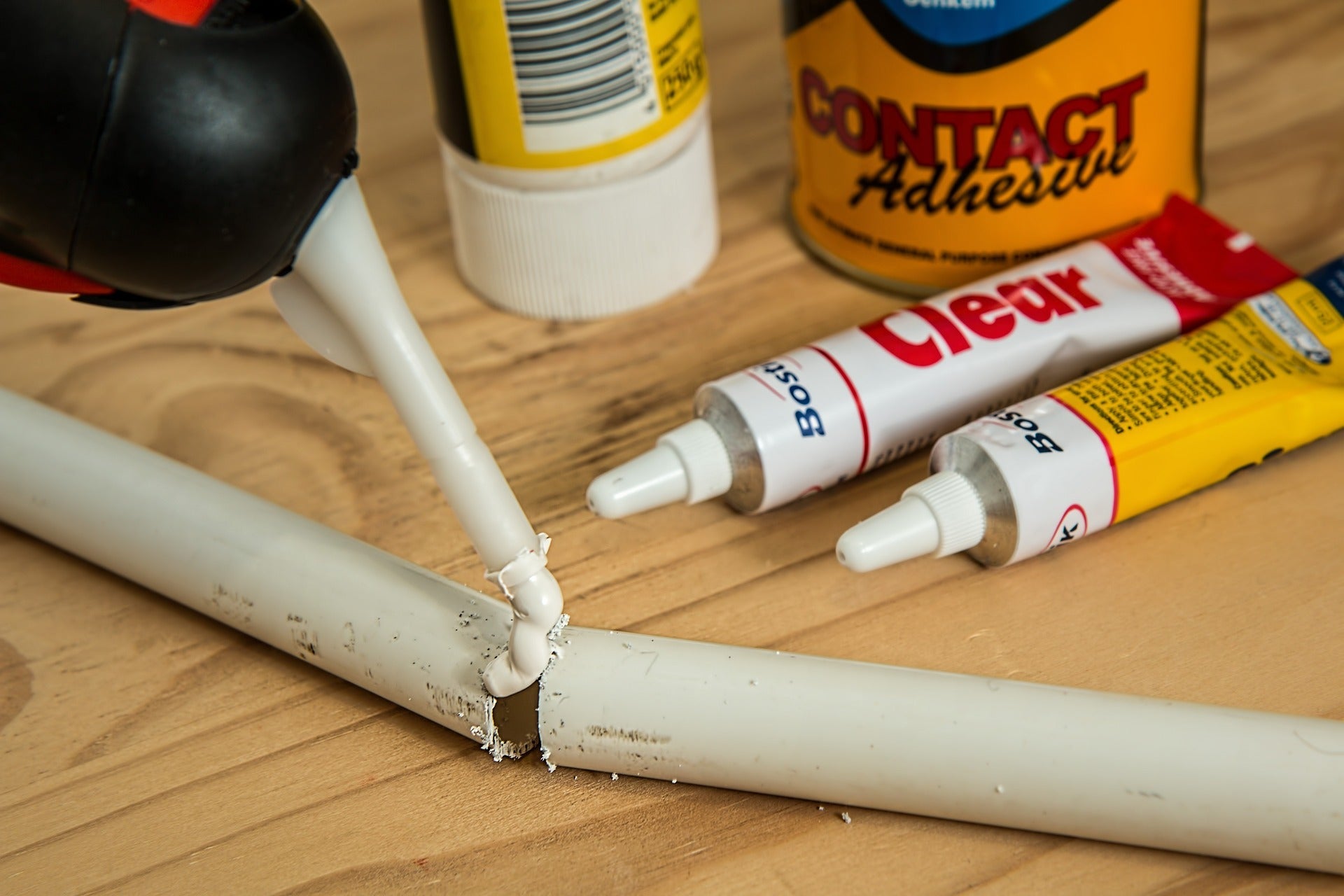Modelling enthusiasts, whether beginners or seasoned veterans, understand the crucial role that glue plays in bringing their creations to life. This guide delves into the various types of modelling glue available in the market, exploring their unique properties, uses, and tips for selection and application.
Introduction to Modelling Glue
Modelling glue, often referred to as model cement, is a specialised adhesive used in the assembly of model kits, ranging from plastic airplanes and ships to miniature figures and architectural structures. Its formulation is designed to create a strong bond between parts, often by slightly melting the surfaces to be joined, resulting in a near-seamless finish.
Types of Modelling Glue
-
Polystyrene Cement: Primarily used for plastic models, this glue works by temporarily melting the plastic, allowing the pieces to fuse as the solvent evaporates.
-
Cyanoacrylate (CA) Glue: Commonly known as super glue, CA glue is renowned for its rapid bonding time and is suitable for a wide range of materials including metal, plastic, and resin.
-
Epoxy Resin: A two-part adhesive consisting of a resin and a hardener. It's known for its strength and is ideal for heavy-duty bonding and filling gaps.
-
PVA (Polyvinyl Acetate): A white glue that is non-toxic and dries clear. It’s excellent for paper, wood, and diorama bases.
-
Contact Cement: Best for large surfaces, it needs to be applied to both parts and allowed to set before joining.
Some of what we offer
Selecting the Right Glue
Factors to Consider
- Material Compatibility: Choose a glue that is specifically formulated for the materials you are working with.
- Bonding Time: Consider how quickly the glue sets, especially if you need time to adjust the positioning.
- Strength and Durability: Ensure the glue can withstand handling and environmental factors.
- Visibility: Opt for glues that dry clear if the join will be visible in the final model.
Application Tips
- Surface Preparation: Clean and dry surfaces ensure better adhesion.
- Applying the Glue: Use a needle applicator or fine brush for precision.
- Clamping and Curing: Some models may require clamping until the glue sets.
- Ventilation: Ensure adequate ventilation, especially when using solvent-based glues.
Health and Safety Considerations
- Ventilation: Work in a well-ventilated area to avoid inhalation of fumes.
- Skin Protection: Wear gloves to protect your skin, especially when using CA glue or epoxy.
- Eye Safety: Be cautious to avoid getting glue in your eyes.
Conclusion
Selecting the right modelling glue and applying it correctly can significantly enhance the quality and durability of your model. By understanding the properties and uses of different types of glues, modellers can make informed choices that best suit their projects. Always prioritize safety and follow manufacturer instructions for the best results.
In conclusion, whether you are assembling a historical battleship or creating a fantasy diorama, the right modelling glue is your ally in bringing intricate details and robust structures to life in your models.

